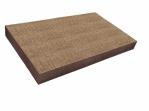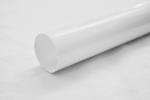Proto fitting chart | Best Producers of Proto Pipe Fittings In Middle East
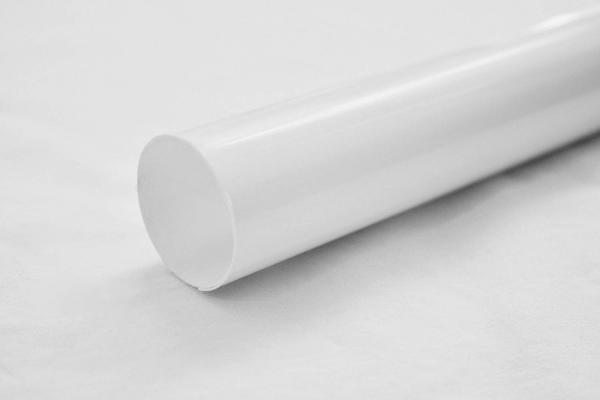
what is Proto fitting chart? Confronting a plumbing project can be overwhelming, especially when you start buying plumbing and realize all the different options available to you. Do you want PVC, galvanized metal or flexible PEX pipe? Here are some details on the most popular types of plumbing and what is best used for them may make your decision a little easier.read more about the Proto fitting chart, proto corp pvc, proto victaulic fittings, proto company, pipe insulation size chart,pvc wye fitting sizes, pipe insulation 90 degrees and pvc covers for pipes.

What are the best pipe fittings for cold weather?
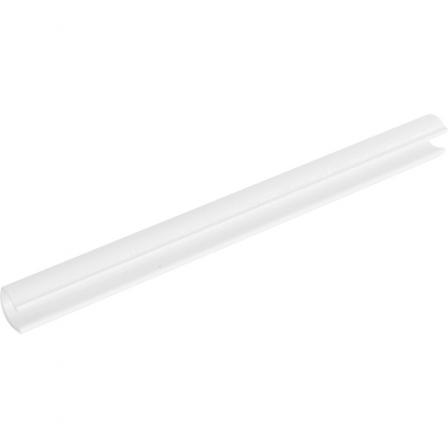 If you are looking for the ultimate tips on delaying the cold air pipe, you have reached the right place. Winter weather can be harsh on your home’s plumbing. When the temperature is below freezing, non-insulated pipes can freeze. As water expands due to freezing, excessive volume and pressure can cause the pipes to burst. Once the pipe starts to melt, the pipe will start to leak throughout, causing significant damage to your home. Top 5 Tips on Plumbing The following 5 tubes help you take care of your pipes and prevent damage and cost associated with burst pipes!
If you are looking for the ultimate tips on delaying the cold air pipe, you have reached the right place. Winter weather can be harsh on your home’s plumbing. When the temperature is below freezing, non-insulated pipes can freeze. As water expands due to freezing, excessive volume and pressure can cause the pipes to burst. Once the pipe starts to melt, the pipe will start to leak throughout, causing significant damage to your home. Top 5 Tips on Plumbing The following 5 tubes help you take care of your pipes and prevent damage and cost associated with burst pipes!
1. Fill inlet gaps around the pipes
Each house has one or more points where the main source of water, sewage and natural gas or propane enters. These entry points may have small gaps around them. Taking time to insulate them or have a plumbing company like us cuts these gaps, helping reduce the risk of frozen pipes. Filling the gaps also reduces the risk of pests during the winter.
2. Insulate your pipes
The pipes should be insulated with the appropriate type of packaging material around. It helps keep the pipes warmer and prevents freezing cold water inside. Another advantage of insulating your home’s hot water pipes is that the water heating system may be more efficient and require less fuel to continue providing hot water.
Likewise, it is worth investing in some pipe insulation for your comfort, especially if you experience the coming winter of the “beast from the east”!
3. Inspect the pipes regularly
All of your water pipes should be examined at least once a month. Check all fittings and joints, especially as the pipes bend and rotate. Touch the pipe insulator to see if it is wet or damp. Run the water and watch the pipes to see if the water comes out of the pipe fittings. When the weather is particularly cold, check all pipes for signs of cracks.
4. Allow air to circulate around the pipes
When the air is expected to fall below freezing, open the cabinet doors and wardrobe so that the warm air in your home can circulate freely around the pipes. Unless the air around the pipe is at least 4 degrees Celsius or about 40 degrees Fahrenheit, the pipes are unlikely to freeze or crack.
5. Perform major plumbing repairs
It is also important to make plumbing repairs at the first sign of trouble. While many people believe that fat faucets prevent freezing of water pipes, research has shown that this is not the case. The faucet can waste water. Running toilets and other leaks should also be repaired. Washing machine hoses should also be checked for signs of wear and tear.
Sizing chart for pvc fitting covers
The types of galvanized pipes and fittings divided into different categories according to type, application and how they are fitted. The iron pipes produced in light and medium weight are the first of these types. Pipes and fittings are made of white iron and then galvanized on the melt.
The other category is steel galvanized pipes and fittings. These pipes, which are used in sewage discharge and ventilation systems, are manufactured with soft metal and then galvanized on melt. Although these two types of galvanized pipes are not much different, steel galvanized pipes are shiny and lighter than iron pipes and one way to distinguish these pipes is to pay attention to this.
Types of galvanized steel pipes and fittings
Galvanized steel pipes are very suitable for use in high temperature fluids and are widely used. The steel pipes themselves are manufactured in several ways, including:
Seamless pipes
Seamless tubes are tubes that have no longitudinal seams and are made by extrusion. Pipe joints have a longitudinal seam that they weld during the manufacturing process. These pipes are made by forming steel sheets. In this method, the sheets are first cylindrical and the longitudinal seam is created. In the process of making steel pipes and galvanized joints, they are immersed in the molten tub to cover their entire surface with this coating. Galvanized steel is less resistant to acids and corrosive agents than galvanized iron pipes.
Types of galvanized iron pipes and fittings
Iron pipes, which are known as light and medium, are distinguished by their gray and darker color than steel pipes. Galvanized iron pipes and fittings are manufactured like sealed steel pipes and weld their joints with the help of welding seams. The tubes are also immersed in molten material after being welded to be coated with galvanized coating. This coating helps to withstand all kinds of rust and corrosion. Most of these pipes (iron and steel) are manufactured in 6-meter branches. The diameter of these tubes varies depending on their use. Galvanized pipes are used in many cases, some of which are:
Surface adhesion of all types of pipes and fittings
The surface of the pipe and fittings should have sufficient adhesion. This adhesion must be such that breakage and separation do not occur in the tubes and that they do not flake. Massive and special heating of pipes and fittings has always been one of the major problems in the galvanizing process. When galvanizing these metals, the thickness of these metals will be higher than normal, and this will reduce the strength and capability of this tool.
Copper pipes
Copper pipes are one of the most corrosion-resistant pipes. Copper metal, such as gold, platinum and silver, is highly corrosion resistant. But the use of this metal in the manufacture of water and gas pipes is not economical at all. However, these pipes are sometimes used in air conditioning installations to increase the durability and durability of these systems.
Cast iron pipes
Cast iron pipes, which are often used in sewage systems, are cast iron. Cast iron pipes are one of the types of pipes and fittings that have a variety of uses, the most important of which is the use in sewage. Cast iron pipes are generally classified by length, shape, percentage of alloy and types of joints.
Complete guide to buy proto fittings for pipes
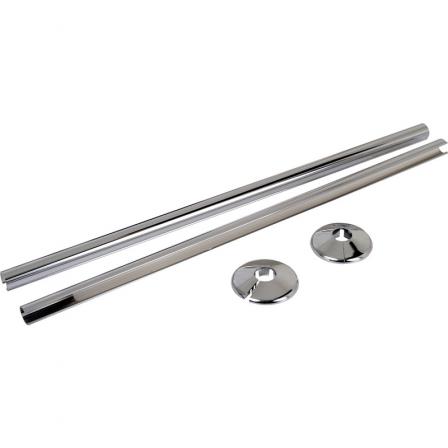 Different types of metal and iron pipes and fittings are always at risk of corrosion due to their high reactivity with oxygen. These pipes require a type of coating called galvanized coating to prevent corrosion and rust damage. Galvanized pipes and fittings are metal pipes that are coated with a tough coating. This coating increases the metal’s resistance to corrosion and corrosion and extends the lifespan of metals such as iron and steel. The coating, which is called galvanized, is often zinc. The process of galvanizing and forming galvanized pipes and fittings is generally:
Different types of metal and iron pipes and fittings are always at risk of corrosion due to their high reactivity with oxygen. These pipes require a type of coating called galvanized coating to prevent corrosion and rust damage. Galvanized pipes and fittings are metal pipes that are coated with a tough coating. This coating increases the metal’s resistance to corrosion and corrosion and extends the lifespan of metals such as iron and steel. The coating, which is called galvanized, is often zinc. The process of galvanizing and forming galvanized pipes and fittings is generally:
- Purification and degreasing of the surface of the tube
- Removing rust from pipe surface or joints
- Complete cleaning of pipes and fittings
- Float the desired piece in solution
- Initial heating of pipes and fittings
- Immersion of pipes and fittings on the melt
- Cool the pipe or connections with water
- Test product quality
- Zinc clearance of defective tubes and joints
- Store and store quality manufactured products.
Best kinds of fittings for pvc pipes
The most commonly used pipe in residential homes to date is the white polyvinyl chloride (PVC) pipe, commonly used in plumbing applications. Affordable and versatile With a number of different connections and sizes available, PVC is excellent for most hot and cold water applications.
PVC works well for home plumbing needs as it will not rust and corrode over time. This means that you will not need to replace it until it is damaged and begins to leak. It is also easy to work with, as it does not require welding or metalworking and is an inexpensive option for your home. PVC is very durable and does not bend under pressure, making it a plumbing solution for high pressure applications.
The most important drawback to the PVC pipe is the fact that hot water cannot be used. PVC wraps when exposed to hot water. This means that it cannot be used to transfer hot water to sinks, tubs and washing machines. It may also be damaged when exposed to UV for a long time, and this includes UV, so it is suitable for indoor applications or underground plumbing.
PVC comes in two sizes, called the “application”. The program has 40 types of PVC that are commonly used. Table 80 has a slightly thick wall. The table of nominal size of ANSI outer diameter tubes specifies all applications for the size of a particular tube and its inner diameter will vary according to the wall thickness. The 80 program is slightly stronger than the 40 program.
Unfortunately, most PVCs are not rated for use in drinking water, not because of the high risk of toxicity, but because of the fact that it can be destroyed by high temperatures, exposure to UV light and excessive pressures. Any degradation can damage the water source and make it unsafe to drink.
Normally you will use PVC for:
- Sink drain lines
- Toilet drain lines
- Bathtub drain lines
- Ventilation stacks
- Main water line leading to the house
- High Pressure Plans
High quality and durable pipe covers on the market
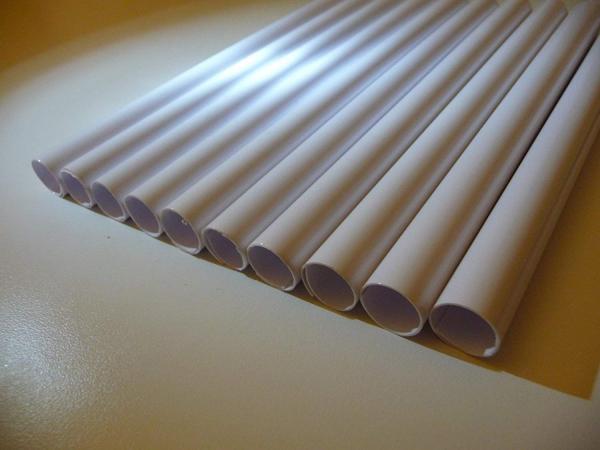 Polyvinyl chloride chloride (CPVC) pipes are made of PVC which adds extra chlorine to the material. Has all the benefits of durable PVC added. CPVC is not destroyed by exposure to hot water and is safe for drinking water. However, it is slightly more expensive than PVC, and splits if allowed to freeze.
Polyvinyl chloride chloride (CPVC) pipes are made of PVC which adds extra chlorine to the material. Has all the benefits of durable PVC added. CPVC is not destroyed by exposure to hot water and is safe for drinking water. However, it is slightly more expensive than PVC, and splits if allowed to freeze.
CPVC can be used in most copper plumbing applications, but for various reasons it is a better option. First, the interior of the CPVC pipe is smooth, meaning that when compared to copper piping systems, there is little water noise, not least problems with the “water hammer”. Second, it is well insulated to prevent energy loss in hot or cold applications. . The CPVC is also more flexible than steel pipes and offers slightly more versatility. Finally, it is very fire resistant.
CPVC is typically used for applications that use PVC features, but PVC cannot be used, including:
- Hot water delivery
- Delivery of potable water
- The hot water drains
- Waste and waste water pipes
copper pipe
Since the 1960s, copper plumbing has been standard for most home plumbing applications. The durability and durability of this plumbing makes it a great option for many applications. It withstands heat well and is very resistant to corrosion. Copper does not decrease with water and is therefore safe for use in drinking water. However, copper has a major problem and it is expensive. It is one of the most expensive plumbing materials, and is at risk of being stolen from work or vacant homes. In today’s houses, you can often use copper pipes:
- Hot and cold drinking water supply
- Refrigerant lines for HVAC systems
- Other applications that require a tight seal
- Underground service lines
Find reliable suppliers of proto fittings In Iran
Some of the factors for identifying hot and cold pipes in Iran are:
- The temperature of the pipe impregnation and the cold joints with the metal are lower than that of the hot tub.
- Cold pipes and fittings stand up to four years underground.
- Cold pipes are resistant to soil for up to five years in the relevant space
- These pipes and fittings will have no problem in sunny, dry conditions for up to eight years.
- The resistance of hot tubes is higher than that of cold galvanized tubes.
- Hot-dip galvanized pipes and fittings are galvanized in molten materials at a temperature of 420 degrees Celsius.
- The life of hot galvanized pipes is about 25 to 30 years.
Cheapest proto fitting brands with good quality
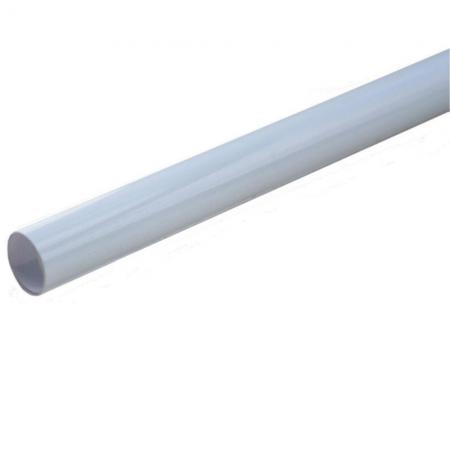 proto fitting brands are very suitable for use in high temperature fluids and are widely used. The steel pipes themselves are manufactured in several ways, including:
proto fitting brands are very suitable for use in high temperature fluids and are widely used. The steel pipes themselves are manufactured in several ways, including:
- Seam Pipes
- Seamless pipes
Seamless tubes are tubes that have no longitudinal seams and are made by extrusion. Seam pipes have a longitudinal seam that they weld during the manufacturing process. These pipes are made by forming steel sheets. In this method, the sheets are first cylindrical and the longitudinal seam is created.
In the process of making steel pipes and galvanized joints they are immersed in the molten tub to cover their entire surface with this coating. Galvanized steel is less resistant to acids and corrosive agents than galvanized iron pipes.

